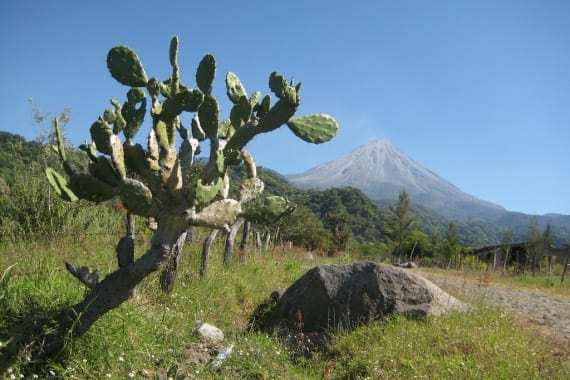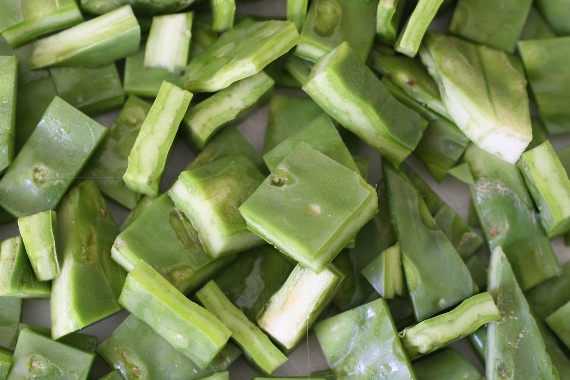Nopales, also known as prickly pears, have been an important staple of the Mexican diet for centuries. And for good reason. This tasty cactus also provides innumerable health benefits for those who consume it. Amstar dmc‘s very own Lupita Limon from Puerto Vallarta tell us all about these prickly treats and provides us with seven convincing reasons as to why we should eat them.

One of the most emblematic images people outside of Mexico have of our country is that of a cactus. Green and prickly, protruding out of majestic desert-like landscapes and reaching out to embrace the radiant glow of our planet’s sun. A monument to nature’s beauty and its ability to adapt and survive in all kinds of environments, it’s also a major symbol of Mexican national identity.

What few people know is how healthy and beneficial some of these species of cacti can be for human beings.
Of Prickly Pears and Nopales
Although there are many examples of how Mexico’s indigenous flora can provide us with many important health benefits, today I would like to tell you about our famed and beloved nopal. Up north, you may know it as prickly pear.

In Mexico, the word nopal actually doesn’t come from Spanish, but from Nahuatl (pronounced na-wa-tle, it is the name of the people and language of our indigenous forefathers from the region of Central Mexico).

In fact, the nopal cactus has provided a source of nutrition for the people of Mesoamerica for over 12,000 years and continues to be an important staple of our national cuisine.
The Health Benefits of Nopales

You can drink it and you can eat it. You can grill it, cook it, fry it, slurp it up in a stew or enjoy it in a salad. No matter how you decide to consume your nopales, and there are literally hundreds of recipes, know this: your body will thank you for it.

Nopales contain high concentrations of vitamins A, B and B2 as well as 17 essential amino acids, and provide numerous health benefits to all of our body’s functioning systems.
7 Reasons to Eat Nopales
While there are many reasons to eat nopales, here are seven important health-related reasons to eat them:
1) Nopales can help to prevent cancer – Nopales contain large quantities of dietary fibers which help dilute potentially cancerous cells that can be found in the colon.
2) Nopales can help you reduce your waistline – Nopal juice helps to slow down the time in which nutrients are absorbed, thus greatly helping the metabolism system. They also make you feel pretty full.
3) Nopales help to lower your cholestorol levels – Due to their concentration of amino acids, fibers and niacin, nopales help to lower blood sugar levels and work to prevent sugar from turning into fat.

4) Nopales can even help to relieve constipation – Nopales are high in fiber. You know what that means!
5) And help to control your blood sugar and control and/or combat diabetes – High levels of fiber and niacin also help to prevent one of the major modern illnesses of our time by helping to control our blood sugar.
6) Or reduce gastric acid and thus combat or eliminate gastric ulcers – The vegetable fibers contained in nopales help control the excessive production of gastric acids, thus protecting the mucous membrane of the stomach and intestines.
7) While also protecting your skin in case of injuries or burns – Applied topically, nopales can even be used to treat superficial wounds and light burns.

Depending on where you live, you can probably find nopales at your local Mexican supermarket or specialty store. If you do find them, don’t miss this great video on how to prepare them:
The next time you visit us in Puerto Vallarta or Mexico, make sure you get your dose of some tasty and nutritious nopales!







